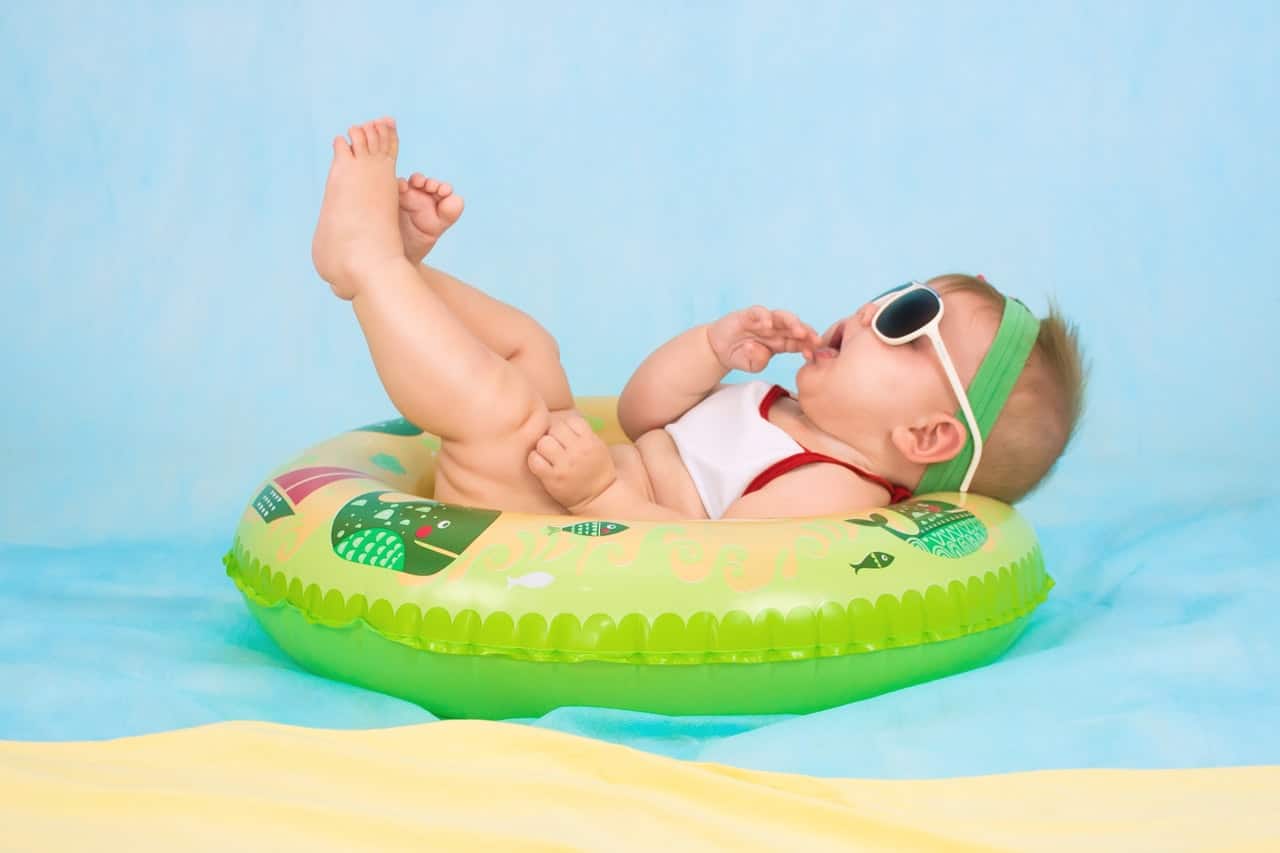
You’ve just given birth to your baby and you’re on cloud nine. Unfortunately, you never imagined that the milk flow could be so unpleasant. Your breasts are swollen and sore. You’ve chosen not to breastfeed your baby and you don’t know how to relieve yourself. Don’t worry. The milk production will eventually dry up. Here are some explanations.
How does the milk flow happen?
Throughout your pregnancy, your breasts are preparing for lactation. They produce colostrum, which will feed your baby at first. You may have noticed some colostrum loss in late pregnancy. If you choose to welcome your baby or breastfeed, this is the fluid your baby will receive for the first few days.
After delivery, the drop in hormone levels will cause the production of prolactin, the lactation hormone. In only 3 or 4 days (sometimes more in the case of a C-section), the transition milk will replace the colostrum. Your breasts will become much larger and tighter. You can go up a bra size or more! Some women will experience their milk coming in just fine, while others will feel like their breasts are literally exploding. It can be very painful, especially if you can’t relieve yourself by nursing your baby.
When does it stop?

If you are breastfeeding your baby, milk production will be stimulated and your milk supply will be enhanced. On the other hand, you can relieve yourself by breastfeeding your child or by expressing your milk. This will prevent painful engorgement.
If you are not breastfeeding your baby or if you are simply giving the welcome feed, you will still have a rush of milk, sometimes as impressive as a nursing mother. Unfortunately, you won’t be able to soothe yourself by nursing your baby or using a breast pump. Using a breast pump will stimulate your lactation and keep your milk supply going.
Without action on your part and without stimulation of the mammary glands, your milk production should dry up within 15 days and your breasts should return to their normal size. If you experience severe pain and fever, do not hesitate to consult your doctor. It could be mastitis, an inflammation related to the stagnation of milk in the mammary glands.
What can you do to get relief?
Nowadays, doctors no longer prescribe treatments to stop milk coming in because they have too many side effects. To stop milk coming in, natural methods are to be preferred. First of all, you should avoid stimulating your breasts (no feedings, no breast pump) and wear a bra with good support, day and night. You can then drink mint, parsley or sage infusions several times a day, as these plants have the reputation of blocking the rise of milk.
As for pain, don’t hesitate to ask your doctor to prescribe painkillers such as paracetamol or ibuprofen. If you are a fan of natural methods, you can also use cabbage leaf or green clay poultices on your chest.
To relieve yourself, applying cold to your tense and painful breasts can be beneficial. For example, you can put compresses that you have previously placed in the freezer in your bra. And to relieve some of the congestion in your breasts, don’t hesitate to apply a jet of warm water to your breasts and express a little milk manually.
What should I do to stop my milk coming in?
You’ve probably heard that our grandmothers used to bandage their breasts to stop milk production. Today we know that not only does this method not stop lactation earlier, but also that bandaging the breasts is very painful.
It is also common to hear that the amount of fluid taken in after giving birth should be reduced in order to limit milk production. However, after giving birth, the mother is recovering and must be properly hydrated. Drinking water is essential even when you are not breastfeeding! It is therefore out of the question to drink too much water unnecessarily.


